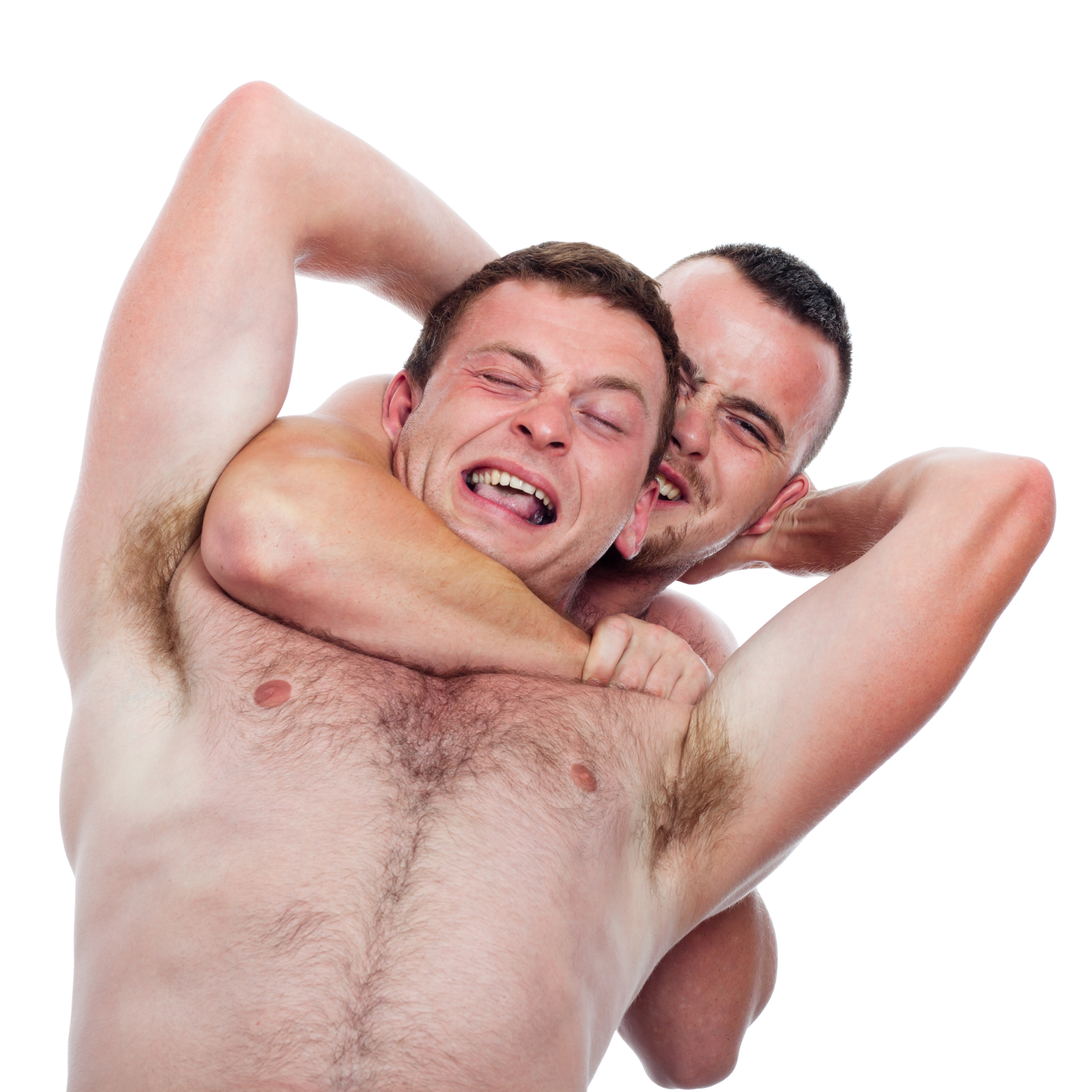Chapter 90. What Causes Aggression?
Learning Objectives

Describe the general factors that influence aggression.
Identify specific situations that increase the likelihood of aggressive behavior.
Review
Review
Select the NEXT button to continue with the Review.

1. Aggression refers to any behavior that intentionally harms another person. This harm could be physical pain or injury caused by a violent attack, or it could be emotional distress caused by hurtful words spoken directly to a person or to others as rumors meant to ruin a person’s reputation.
Review
Review
Select the NEXT button to continue with the Review.
2. Biological factors influence aggression. The pattern of neural connections within the brain’s
limbic system, particularly the amygdala, may predispose a person to aggression. Genes play a role in shaping those brain connections, as indicated by greater similarity in aggressive behavior among identical twins than fraternal twins.
Review
Review
Select the NEXT button to continue with the Review.

3. Other biological factors, including the sex hormone testosterone, can influence the likelihood of aggression. Young adult males tend to have high levels of testosterone—which may partially explain the fact that young males engage in violent actions at a much higher rate than females or older males.
Review
Review
Select the NEXT button to continue with the Review.

4. Psychological and social-cultural factors can also lay the foundation for aggression. Children who observe frequent aggressive actions, either in daily life or in movies and violent video games, learn to imitate these actions—a process called modeling or observational learning. Psychologist Albert Bandura demonstrated this in a study in which children who watched an adult perform unusual violent actions on a “Bobo doll” copied those specific aggressive behaviors. Cultures that celebrate or reward violence provide social scripts that encourage aggression.
Review
Review
Select the NEXT button to continue with the Review.

5. Most aggressive behaviors are triggered by psychological or social factors in the immediate situation. Any aversive event, such as hot temperatures, a long wait in line, or an overcrowded room can be the spark that sets off a violent outburst. The frustration-aggression principle predicts that individuals whose progress toward a goal has been blocked will be especially likely to react with aggression.
Review
Review
Select the NEXT button to continue with the Review.

6. Normally, people’s self-control can inhibit aggressive impulses before the impulses turn into action. Alcohol use reduces inhibitions, increasing the likelihood of aggression. Social settings that promote deindividuation, such as a large crowd gathering in the darkness, may reduce inhibitions against violence by diminishing individual accountability.
Practice 1: Making Aggression More Likely
Practice 1: Making Aggression More Likely
Roll over each term to see the specific factors that increase the tendency toward aggressive behavior.


Psychological influences
Specific factors:
genetic predispositions; unusual neural connections within the amygdala in the limbic system (which regulates the emotions of fear and anger); high levels of testosterone; alcohol use (which reduces inhibitions about aggression)
modeling (observational learning) of aggressive behaviors; frustration about obstacles to achieving one’s goals; poor self-control; harsh parental discipline (which provides a role model for aggression)
aversive events in the immediate environment (such as hot temperatures or overcrowding); a culture that celebrates and rewards aggression; social settings that promote deindividuation
Practice 2: Aggression in the News
Practice 2: Aggression in the News
Roll over each image to learn about some of the causes of three famous violent incidents reported in the news media.



Texas tower sniper: In 1966, an engineering student named Charles Whitman murdered his wife and his mother, then climbed a tall tower at the University of Texas and shot 46 innocent bystanders with a hunting rifle, killing 15. An autopsy found a brain tumor pressing against his amygdala.
Vancouver riots: In 2011, the Vancouver Canucks lost the championship game for hockey’s Stanley Cup. Afterwards, thousands of frustrated and intoxicated fans rioted for three hours, burning cars, looting stores, and filling the hospital emergency rooms, all under the cover of darkness and anonymity.
Utah HiFi murders: In 1974, two men robbed a “HiFi” electronics store in Ogden, Utah, taking five hostages. They tortured and killed several of the hostages by forcing them to drink drain cleaner. The men later testified that their brutal murders had been inspired by watching actor Clint Eastwood kill someone with drain cleaner in the movie Magnum Force.
Quiz 1
Quiz 1
Match the terms with their descriptions by dragging each colored circle to the appropriate gray circle. When all the circles have been placed, select the CHECK ANSWER button.
Quiz 2
Quiz 2
Match the labels for influences on aggression to the scenarios by dragging each label to the appropriate gray area. When all the labels have been placed, select the CHECK ANSWER button.